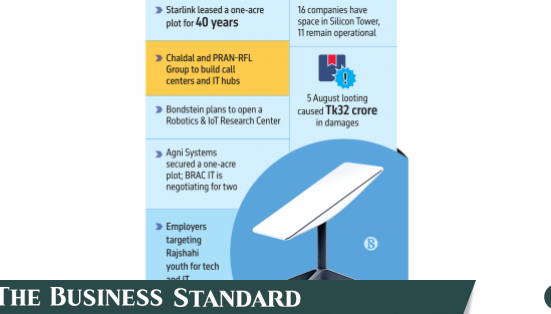Getty Images
As the cost of tuition, housing and books continues to rise, it’s becoming increasingly difficult for many students to pay out of pocket for college. Right now, for example, the average cost of college in the United States is $38,270 per student, per year, when factoring in all of the expenses, like tuition, books, supplies and daily living costs. The price of college has also more than doubled over the last several decades, and that price tag continues to grow by an average of about 4% each year.
To cover those expenses, many students have to piece together a mix of savings, scholarships, grants and federal and private student loans. Federal student loans, in particular, are typically the first place students turn to fill in the financial gaps left behind by grants and scholarships, as these loans are backed by the government and offer unique protections to borrowers. The lending requirements also tend to be more flexible for those with credit issues or other financial hurdles.
But while federal student loans can be a smart way to borrow money for college, they come with borrowing limits that may not cover your entire bill. So, if you’re planning to borrow money to help fund your education, understanding these limits — and how to fill in the gaps — is an important part of the equation.
Learn how affordable your private student loan options could be today.
What is the maximum you can get in federal student loans?
Federal student loan limits are designed to encourage responsible borrowing and keep students from taking on too much debt. As a result, the amount you can borrow depends on several factors, including your dependency status, your year in school and whether you’re an undergraduate or graduate student. Here are the current annual and lifetime limits for federal loans:
Dependent undergraduate students
- First year: Up to $5,500 (no more than $3,500 of which can be subsidized)
- Second year: Up to $6,500 (no more than $4,500 of which can be subsidized)
- Third year and beyond: Up to $7,500 per year (no more than $5,500 can be subsidized)
- Aggregate (lifetime) limit: $31,000 (no more than $23,000 can be subsidized)
Independent undergraduate students and dependent students whose parents can’t get a PLUS loan
- First year: Up to $9,500 (no more than $3,500 can be subsidized)
- Second year: Up to $10,500 (no more than $4,500 can be subsidized)
- Third year and beyond: Up to $12,500 per year (no more than $5,500 can be subsidized)
- Aggregate (lifetime) limit: $57,500 (no more than $23,000 can be subsidized)
Graduate or professional students
- Annual limit: Up to $20,500 (unsubsidized loans only)
- Aggregate (lifetime) limit: $138,500 (includes undergraduate loans)
These limits mean that while federal loans are a great first step, they might not be enough to fully cover your education costs, especially at private universities or for graduate and professional degrees.
For example, the average annual cost right now for in-state students attending a four-year public university and living on campus is about $28,000, according to College Board data. At private colleges, that figure is closer to $58,000 per year. So, even students who borrow the maximum federal loan amount may still face a significant funding gap.
Compare your top student loan offers and find the funding you need now.
What to do when federal student loans aren’t enough
Federal loans typically have lower fixed interest rates and more flexible repayment options, such as income-driven repayment plans and loan forgiveness programs, so it makes sense to take advantage of these options first. But if you hit your federal loan limit and still have a balance due, private student loans can help fill in the funding gap.
Offered by banks, credit unions and online lenders, private student loans allow you to borrow up to the full cost of attendance, minus any other financial aid you’ve received. And, the rates on these types of loans may be lower than what you can get with your federal options. For example, it’s possible to find private student loans with rates hovering near 3% currently. Rates on undergraduate federal student loans are closer to 6.4% currently.
Unlike federal loans, though, most private student loans require a credit check and may need a co-signer if you have a limited credit history. Interest rates and repayment terms also vary by lender, so shop around, compare offers and look at factors like interest rates, fees and borrower protections for each option.
And, before you borrow, be sure you understand the repayment terms, as they can differ vastly from one loan offer to the next. For example, some private student loans require payments while you’re still in school, while others allow you to defer until after graduation.
The bottom line
Federal student loans offer affordable financing with borrowing limits designed to keep your debt in check. But while they’re a solid starting point for most students, they may not cover your full cost of attendance. If you need additional funds, private student loans can help. Just be sure to approach them cautiously and borrow only what you truly need to bridge the gap. After all, building a thoughtful funding plan now can make managing your student debt much easier after graduation.








